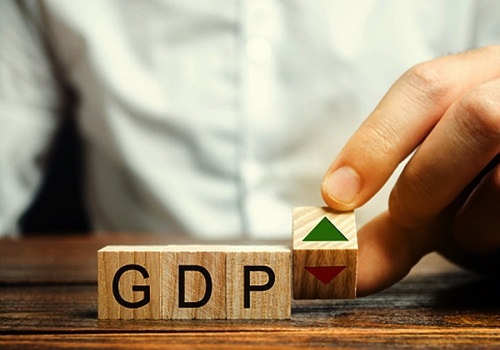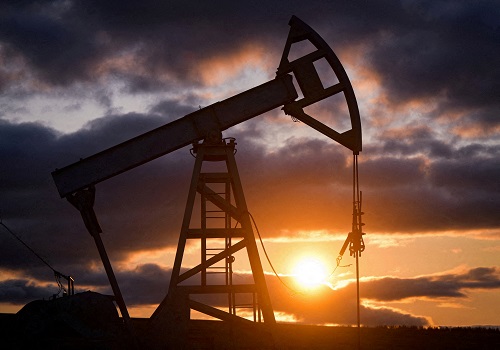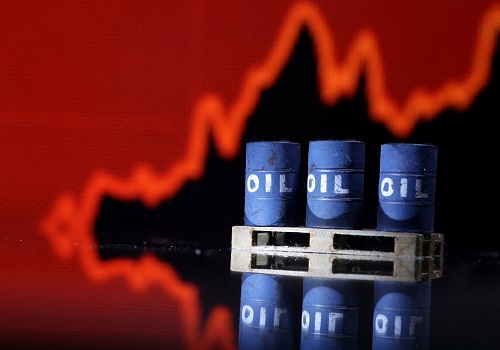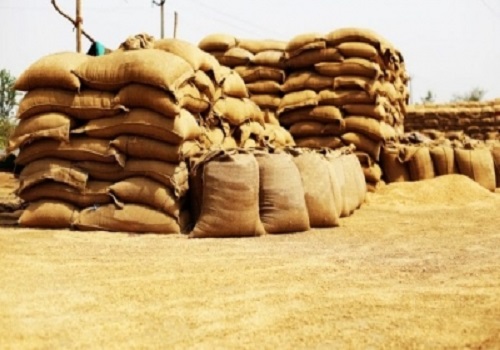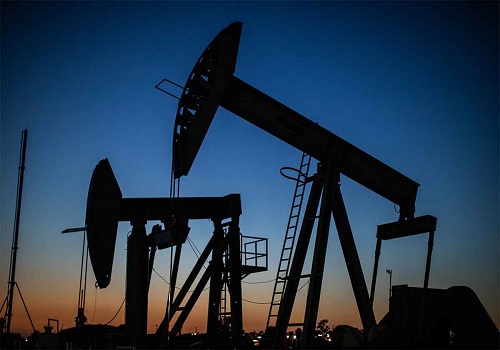New Indian petrochemical supplies to weigh on markets
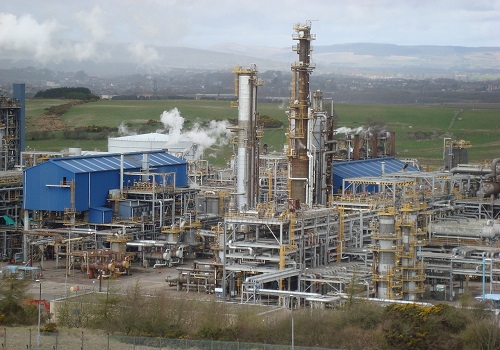
Follow us Now on Telegram ! Get daily 10 - 12 important updates on Business, Finance and Investment. Join our Telegram Channel
Two multi-billion-dollar petrochemical plants are coming online in India in coming months at a time of weaker-than-expected demand, setting the stage for fierce price competition domestically and internationally, industry officials and analysts say.
Several regions, including India, China and the Middle East have been developing petrochemical production to provide a tailwind to decades of oil refining as the world looks to switch to cleaner energy sources.
While producers remain bullish longer term, largely off the back of economic growth in India and China, the splurge in new capacity is weighing on markets near term.
Both China and India are grappling with excess supplies of ethylene and propylene, a key feedstock to produce petrochemicals including polyethylene (PE) and polypropylene (PP) – the basis for making plastic -- given a slowdown in global economic growth.
So fresh production capacity in India is set to add to the pressure on prices.
Russia-backed Indian refiner Nayara Energy is commissioning a 450,000 ton per year (tpy) polypropylene plant in western India in the first quarter of 2024, said a company source, who declined to be identified because he was not authorised to speak to the media. The company's communication office did not respond immediately to a request for comment.
HPCL plans to start a 9 million tpy refinery and petrochemical project in the northwestern state of Rajasthan by January.
Earlier this year, HPCL-Mittal Energy Ltd (HMEL), a joint venture between state-run Hindustan Petroleum Corp Ltd and Mittal Energy Investment, started a 1.2 million tpy petrochemical cracker in Punjab, northern India.
An industry official at a newly commissioned petrochemical cracker said the new production capacity was coming online when stocks were already building.
"Products are not clearing at a steady pace locally," he said. He declined to be identified because he was not authorised to speak to the media.
India's ethylene surplus is set to more than double to 11.2 million metric tons in the fiscal year to March 2024, a Reuters calculation based on data and forecasts from Chemicals & Petrochemicals Manufacturers' Association showed. A propylene surplus is expected to grow 63% to 18.67 million tons, according to the calculations.
The increasing supplies are weighing on both PE and PP prices.
Refiners have been suffering losses since September with PE and PP margins at $150 per ton, below breakeven costs of about $300-$350 per ton for standalone plants, an official at a large petrochemical producer said, declining to be identified.
CEO of Haldia Petrochemicals Ltd, Navanit Narayan, told Reuters a slower-than-expected recovery in Chinese demand following the COVID pandemic, just as new supplies come into the market, had been a major factor weighing on prices.
"While demand remained subdued, several new plants were commissioned in Asia, mainly in China and India," he said.
Industry officials said they expected prices to remain subdued in 2024 and there were few export options, given ample supply elsewhere. That may leave markets closer to home, such as Kazakhstan, as the best in a bad set of export options, they said.
"A price war is definitely on the anvil," said an official at an Indian petrochemical producer, who declined to be identified in the absence of authorisation to speak to the media.
Looking further ahead, research firm Wood Mackenzie sees little prospect of a more balanced global market in coming years.
It forecasts ethylene and propylene demand will rise 29% to 426.8 million tons by 2030 from 2023 levels, while production capacity is expected to increase 25% to 485.9 million tons, leaving a supply surplus of around 60 million tons.












 320-x-100_uti_gold.jpg" alt="Advertisement">
320-x-100_uti_gold.jpg" alt="Advertisement">


